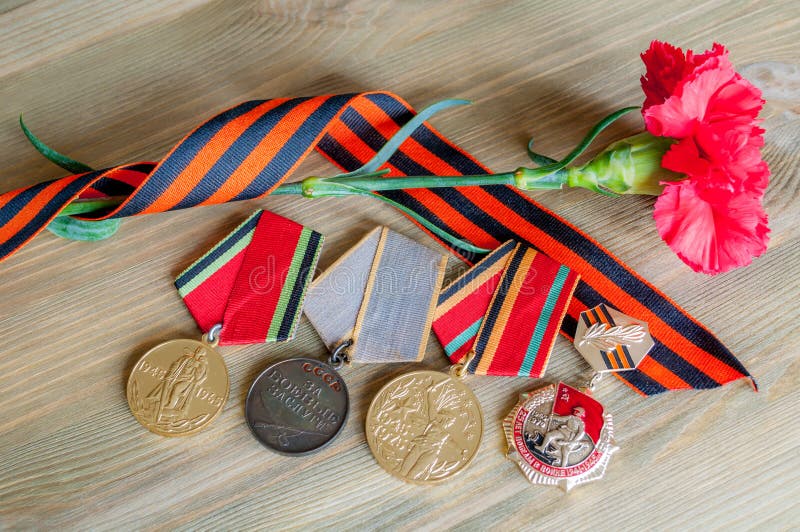
It is important to note that the true V sign always features the palm turned towards the outside world. The V sign, or Victory hand, as a hand gesture is created when you raise your middle finger and your index finger, parted, to make a V shape while clenching all other fingers. Here is a victory sign which you may have been using even without knowing its original meaning. The variations occur due to another Tibetan tradition – different forms of the victory banner – eleven of them, depict eleven specific methods of overcoming “defilements” (Kleshas). Rather than being a symbol of physical protection and victory in a battle, in Buddhism Dhvaja is a symbol of the Buddha’s spiritual victory over the four Maras – the main demonic forces.ĭifferent iterations of Dhvaja can be seen on the roofs of Tibetan monasteries. However, the Buddhistic tradition had its own take on the symbol, giving it a slightly different meaning. Different flags belong to different deities. In Hindu or Vedic tradition, it is presented as a high column ( dhvaja-stambha) and is erected in front of temples. Here is an interesting symbol from East Asia that has both warfare victory and spiritual victory meanings.ĭhvaja, meaning flag banner, used to be a military standard in ancient Indian warfare. Dhvaja Victory Banner/Flag (Hinduism/Buddhism) Palm Sunday is the holiday that remembers this event. That is why Jesus Christ was welcomed in Jerusalem by children putting palm branches in front of him, symbolizing his mythical future victory over death and him becoming the Messiah to Christian believers. In the Mesopotamian region, it was commonly seen as a symbol in temples and was featured on coins as well.Īlso, the rulers were often welcomed by palm branches when visiting a certain territory. In ancient times, when the palm-rich Middle East used to be a cradle of advanced agricultural civilization on one side of the world, and other cultures as well relied on palm products for sustenance (e.g., Pacific and Southeast Asia), the palm branch was a symbol of goodness, stability and victory. Still, the company is fighting to separate itself from these associations and keep an inclusive image. The laurel wreath is an appealing symbol to these groups both for its association with Ancient Rome and war culture and heroism. Once a popular brand with the working-class and (non-racist) Skinhead movement of 1960s and 1970s England, it was subsequently hijacked by neo-nazi groups – first in the 1980s by the English extreme right football hooligans, and more recently, groups such as the US’ Proud Boys. Laurel Wreath is also famous for being a logo of the clothing company Fred Perry. Besides sports medals and other honors, many printed certificates now feature laurel wreath graphics, and in some colleges, the graduates receive a laurel wreath for their accomplishments.

Today, the symbol successfully preserves its original meaning.

The highest honor given to victors of war was Corona Triumphalis – made out of laurel leaves. Ancient Rome had a strong military and warrior culture, so the symbol was all the more important for that fact. In the Ancient Roman Pantheon, Victoria, the Goddess of victory, was always pictured holding a laurel wreath in her hands – that is why the association of this object with victory was so strong. Originating in ancient Roman times, it has had various uses throughout history – from being regularly included on war medals to – most famously – being depicted on Olympic games medals. Laurel Wreath is one of the best-known symbols of victory. What are some of the most recognized symbols of victory across the world?

A number of them keep their former strength today and are embedded in jewelry, prints, and tattoos by people that feel like they need additional courage boost in their lives. Some of them evolved in various ways and have become omnipresent across multiple cultures. It is no wonder that symbols of victory have a strong association with historical entities and events – great civilizations, great battles, or historical struggles.


 0 kommentar(er)
0 kommentar(er)
